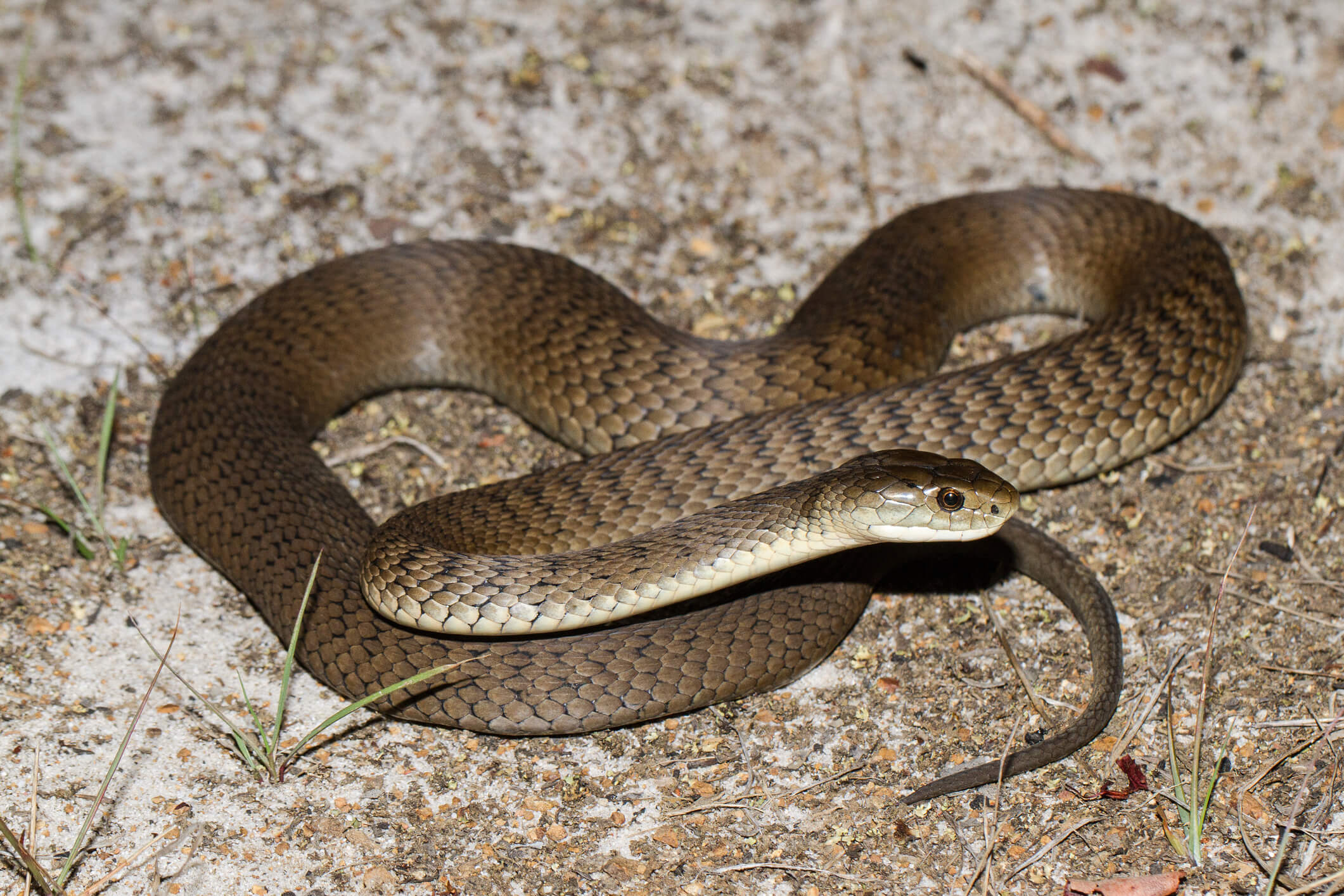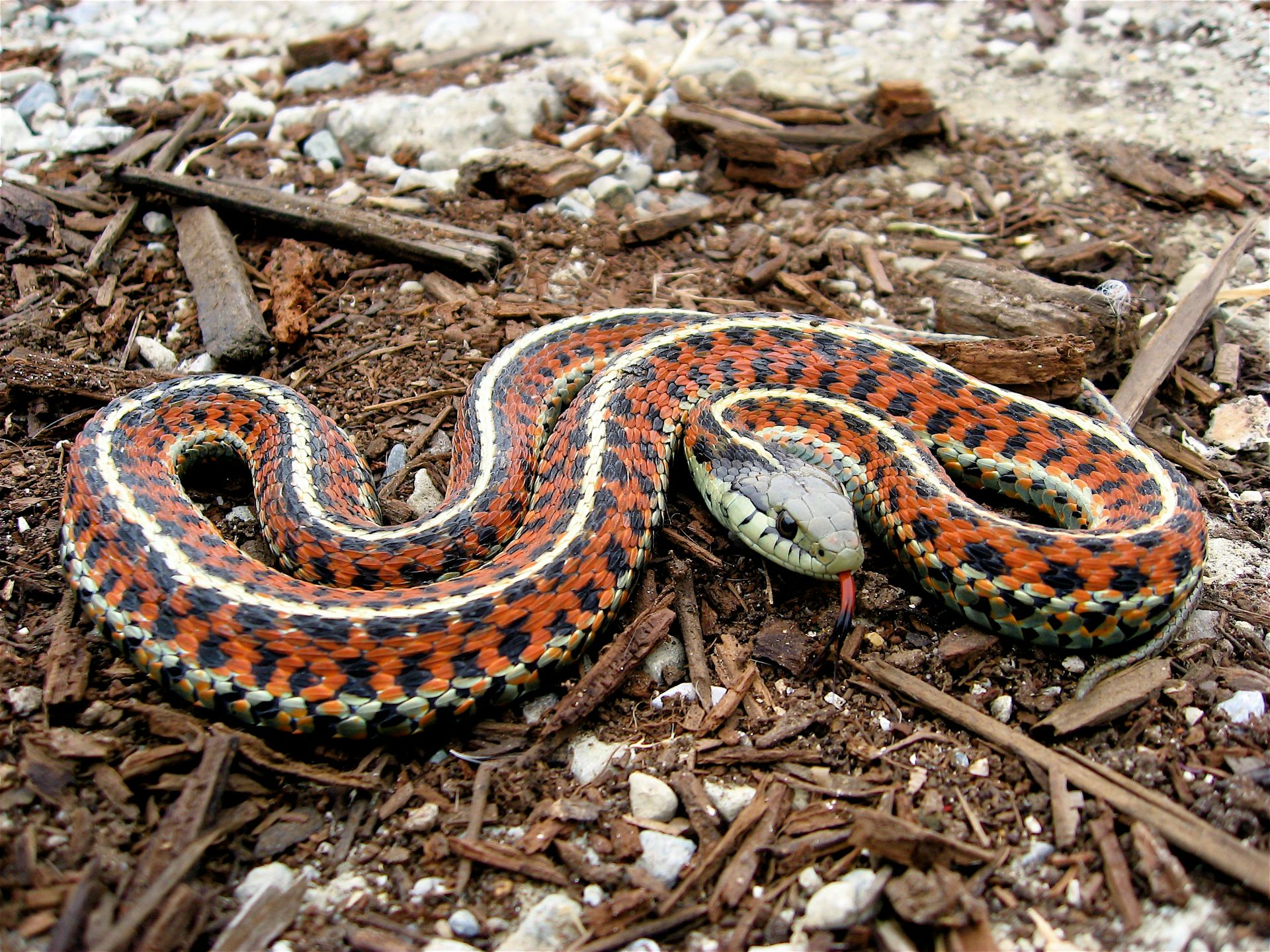Introduction
Australia, a land of diverse wild animals, is home to several fascinating animals, consisting of snakes that can influence both awe and concern. Among these snakes is the tiger serpent, understood for its striking look and credibility as a poisonous killer. Therefore, one concern frequently emerges: Are tiger snakes venomous? This post will delve into the myths and realities bordering tiger snakes, their habitat, actions, medical effects of their bites, and much more.
Are Tiger Snakes Venomous?
When it concerns the concern of whether tiger serpents are poisonous, the answer is an unquestionable yes. Tiger snakes (Notechis scutatus) are undoubtedly poisonous and ranking amongst the most hazardous snakes in Australia. Their venom has potent neurotoxins that can cause paralysis and even death if not treated without delay.
While casualties from tiger serpent attacks have come to be much less common due to developments in clinical therapy and antivenom schedule, this does not diminish the requirement for care when encountering these reptiles. The potential effects of a tiger serpent bite include extreme discomfort at the site of the bite, swelling, nausea, problem breathing, and neurological signs and symptoms such as weak point or paralysis.
Types of Tiger Snakes
In Australia, there are numerous identified subspecies of tiger snakes:
- Eastern Tiger Serpent (Notechis scutatus): Found largely in southeastern Australia. Tasmanian Tiger Serpent (Notechis scutatus): A subspecies found only in Tasmania. Black Tiger Snake: Recognized for its darker coloration.
Each of these varieties has variants in size and habits however shares similar venom characteristics.
The Environment of Tiger Snakes
Where Do They Live?
Tiger snakes are adaptable animals located throughout various habitats throughout Australia. They normally occupy coastal areas but can additionally be located in marshes, swamps, riversides, and forests. Their preference for moisture-rich atmospheres makes them experienced swimmers; for this reason they prosper near water bodies like lakes or marshes.
Geographical Distribution
- Southeastern Coast: Home to Eastern tiger snakes. Tasmania: Dominated by Tasmanian tiger snakes. Northern Regions: Where you could come across less frequently seen variants.
Habitat Preferences
Tiger serpents prefer areas with abundant cover where they can conceal from killers while hunting for target. They Hoop Snake typically quest small creatures, frogs, birds, and also fish-- making them flexible seekers within their eco-friendly niche.
The Composition of a Tiger Snake
Physical Characteristics
Tiger snakes possess unique physical attributes that differentiate them from other Australian reptiles:
- Coloration: Commonly banded with yellow or light-colored stripes on a dark background. Size: They can mature to 2 meters long; however, average dimensions vary between 1.2 to 1.5 meters.
The unique pigmentation offers both as camouflage versus predators and while tracking target in their natural habitat.
Behavioral Traits
Understanding the behavior patterns of tiger snakes is vital for those living within their geographical variety:
- Nocturnal Activity: They are mainly energetic at night however might additionally quest throughout the day. Defensive Behavior: When endangered, tiger serpents might hiss loudly or flatten their bodies-- an indication indicating they really feel cornered.
Tiger Snake Bite Symptoms
If bitten by a tiger snake, people must watch for details signs and symptoms that show up right after:
Severe localized pain Swelling around the bite area Nausea or vomiting Difficulty breathing Neurological signs such as muscle weaknessIt's vital never ever to ignore these indications; immediate medical focus is vital following any type of serpent bite incident.
First Help for Snake Bites
Immediate Actions After a Bite
Knowing how to respond quickly can save lives when taking care of prospective serpent attacks:

First Help Kit Basics for Snake Bites
A well-stocked first aid set should include things especially beneficial in treating serpent bites:
|Thing|Objective|| --------------------------------|-----------------------------------------------|| Clean and sterile plasters|To cover wounds|| Antiseptic wipes|To clean around bite area|| Emergency situation contact numbers|For quick accessibility during emergencies|| Compression plaster|To aid debilitate influenced arm or leg|
Proper prep work can make all the distinction when an emergency strikes.
Fact vs Misconception Regarding Tiger Snakes
Myth 1: All Snakes Are Aggressive
Contrary to typical idea, not all snake species display aggression in http://cristianqxlh809.image-perth.org/staying-clear-of-snake-bites-in-australia-tips-for-safe-outdoor-activities the direction of people. In fact, lots of would rather pull away than face us.
Myth 2: A Bite Constantly Causes Death
While fatal bites do take place-- many thanks mainly to delayed medical care-- most of bites are non-fatal if dealt with quickly with antivenom.
Myth 3: You Can Suck Out Venom
This widely held idea is incorrect; attempting to draw out poison only enhances issues as opposed to minimizing them!
FAQs
1. Are infant tiger snakes extra hazardous than adults?
Baby tiger snakes may have less venom than grownups however often provide attacks without hesitation as a result of being more frightened.
2. How long does it take for signs to appear after a bite?
Symptoms normally appear within minutes yet can often take hours relying on variables like individual health and wellness conditions.


3. What ought to I do if I see a tiger snake?
Maintain distance! Stay clear of prompting it; most experiences end without event if you value their space.
4. Exists an antivenom offered for tiger snake bites?
Yes! Antivenom exists especially created for treating illnesses caused by tiger serpent bites-- it's vital to seek expert medical help immediately!
5. Can I keep a tiger snake as a pet?
Keeping any kind of wild serpent types presents significant threats due mainly to their reproduction habits & & nutritional demands-- it's ideal left in nature!
6. How common are snake attacks in Australia?
Australia sees thousands of snakebite situations yearly; however fatalities have reduced substantially many thanks greatly due boosted understanding & & health care access!
Conclusion
In final thought, understanding whether "Are Tiger Snakes Venomous?" lugs substantial effects for personal safety and security when interacting with these remarkable reptiles native to Australia's diverse environments can not be overemphasized!
Arming ourselves with knowledge regarding these animals-- from their habitats and habits down with efficient first aid techniques-- encourages us towards safer coexistence alongside wildlife while mitigating risks associated with unintended encounters!
By fostering education and learning concerning our environment's ins and outs-- not simply focusing entirely on worry-- we pave paths towards much better appreciation & & http://troyrbhi382.timeforchangecounselling.com/conservation-of-australia-s-venomous-snakes-the-role-of-education-and-understanding preservation efforts benefiting both humankind & & nature alike!